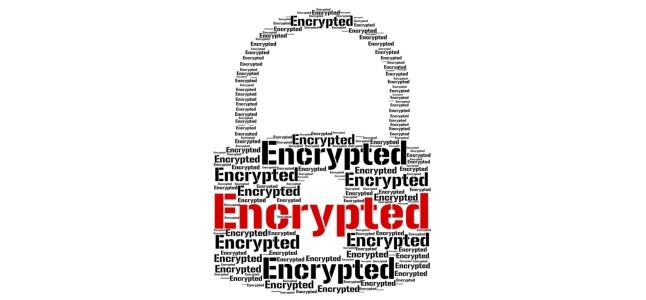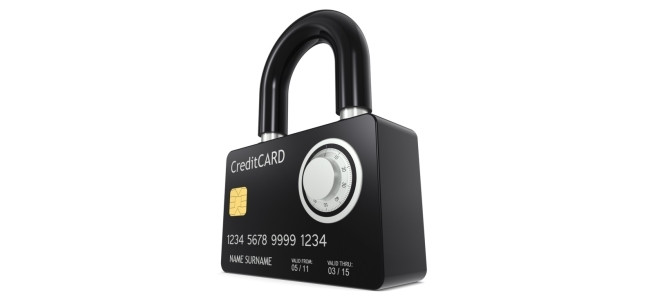Johannesburg, 05 Oct 2017

Companies that are focusing on creating impenetrable perimeter defences, securing all aspects of their network and every endpoint, are missing the point slightly. The ever-increasing IT security spend on preventing external threats is not resulting in a reduction of data breaches.
Why is that? Well you need to understand what the real goal of cyber crime is, and that is not just to penetrate your network, but rather to steal your data. Now, bearing in mind that a security breach is inevitable for all organisations, they should rather be focusing most of their attention on a solution to the actual problem, and that is spending money to secure the very data that is being targeted.
Preventing a security breach is impossible, but enabling a 'secure' breach is possible. In other words, you are never going to keep the bad guys out so at least make the stolen data worthless.
Companies need to have a mind-set shift from trying to prevent a security breach to one of creating a 'Secure Breach'.
Fundamental problem
The fundamental problem facing all organisations is that data is meant to be read, documents are meant to be legible and videos and images are meant to be viewed. This is how it is supposed to be.
This is true for databases as well. Databases store data in plain text which can easily be extracted without even going into the database i.e. straight from the database files, whether in situ or from backups.
Consequently data theft is an absolute 'walk in the park' and is predominately undetected.
The bottom line for organisations is that most data, independent of format or structure, is totally exposed to theft or breach, and such theft or breach will go completely unnoticed whether it resides on premises, in the cloud or as backups.

Solution
So what can organisations do to protect their information? The most effective, powerful and easiest method is simply to encrypt all sensitive data, no matter where it resides or what format it is in. With encryption, organisations can hide their data in plain sight.
By using strong encryption technology, a secure centralised key manager and well defined access rights, organisations can easily encrypt all sensitive data thereby protecting it from unauthorised access, theft, copying, viewing, modification, and external attacks. This can include all data on premises or in the cloud and even backups. Encryption is the enabler of the 'Secure Breach' mind-set by making the stolen data worthless, thus maintaining its security and integrity.
Encryption is secure by default
The power of encryption, by default, is that it automatically excludes all access to the data. Access is then granted to 'known' entities, while all 'unknown' entities are automatically excluded. This is the complete opposite to unencrypted data where all 'unknown' entities have access by default and somehow need to be excluded. This is inherently unsafe and virtually impossible.
Encryption should be an organisation's first and foremost defence in their data loss prevention (DLP) strategy, and is the primary defence in a 'Secure Breach' approach.

Effective encryption
Encryption can be strong or weak. Weak encryption will lull you into a false sense of security as it can be easily cracked.
For encryption to be effective it requires strong encryption and of course having the encryption keys managed separately. Most database vendors offer transparent data encryption (TDE) as an option with their database, but typically the database administrator manages both the database and the encryption key. This is a conflict of interests. Additionally, the database and the encryption key get backed up together, because having one without the other renders both pretty much useless. However, this practice is akin to parking a car in a parking lot, with the keys in the ignition, and expecting it not to get stolen. For encryption to be effective there needs to be a separation of duties between the data administrator and the encryption key management, and have the documents and/or database managed and backed up separately from the key management role. Secure centralised key management is therefore a vital component for effective data encryption.
For more information on our Encryption services please contact us on: http://www.encryptech.co.za

Share